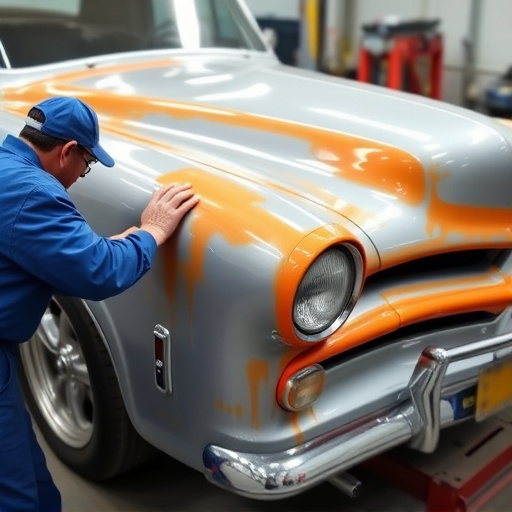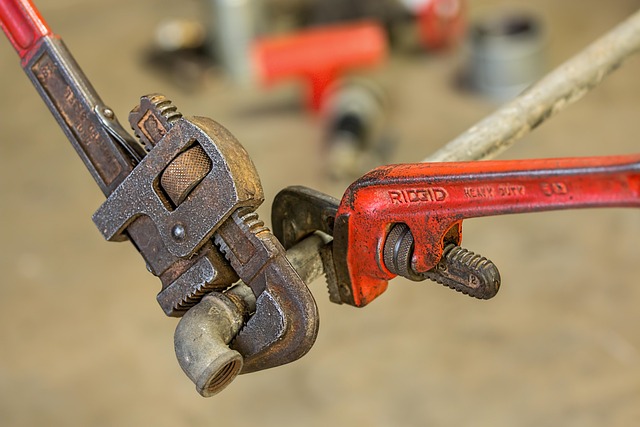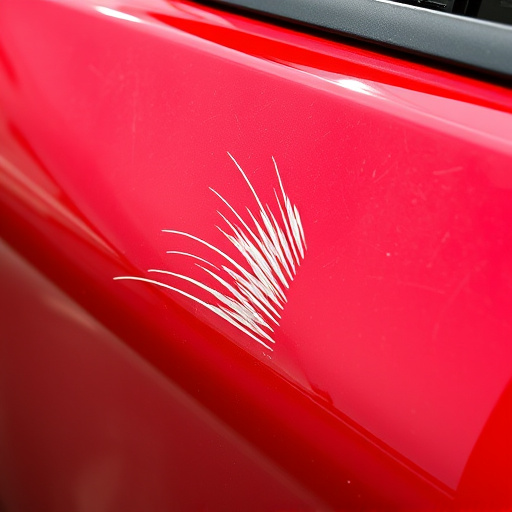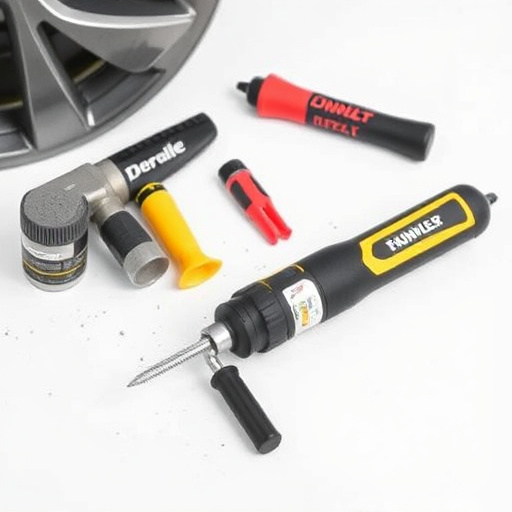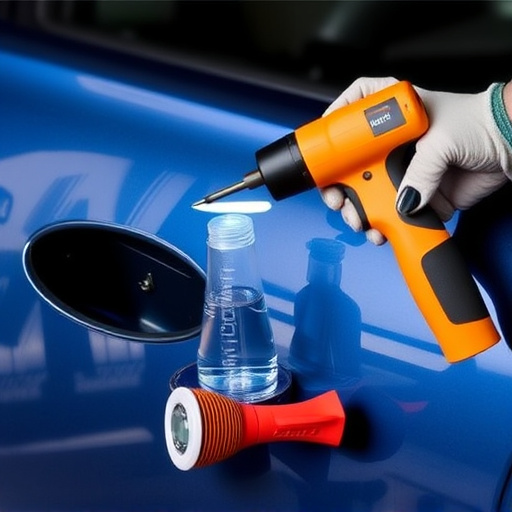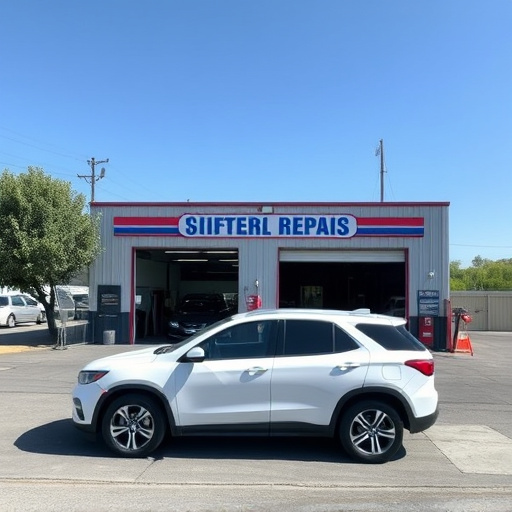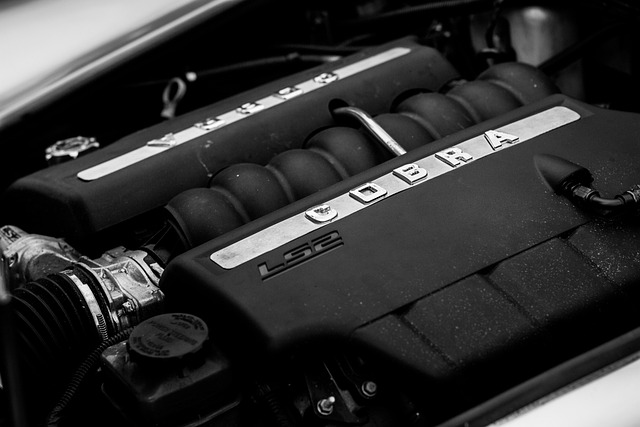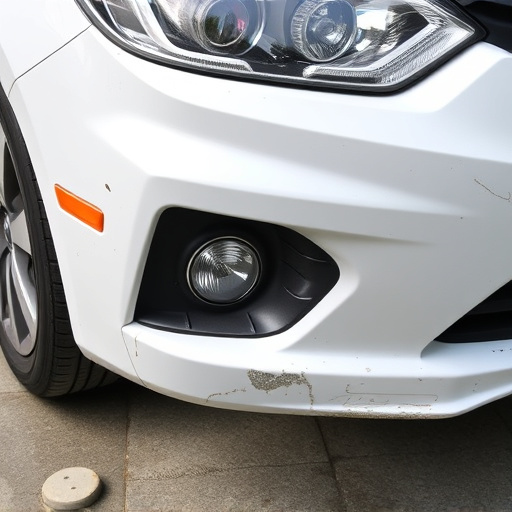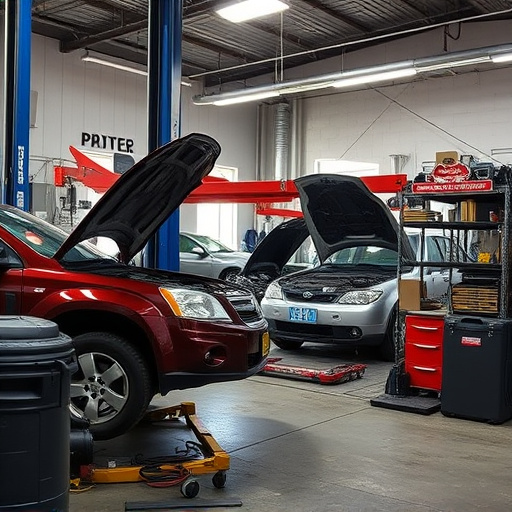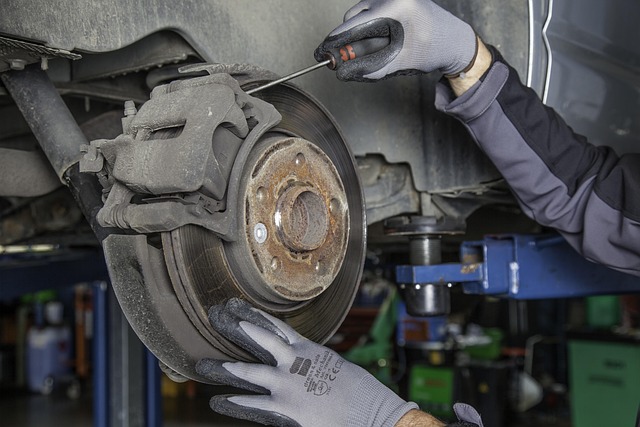The current manual and paper-based collision repair audit process is inefficient, inconsistent, and unable to keep up with modern repairs or industry standards. Digital transformation, through advanced tools, offers enhanced accuracy, quality control, and overall efficiency compared to traditional methods. These solutions streamline audits, benefit both collision centers and insurance companies, and are especially valuable during global health crises.
The collision repair industry is at a crossroads, where traditional audit processes are facing significant challenges in keeping up with modern demands. This article explores how digital tools are revolutionizing collision repair audits, offering unprecedented efficiency and accuracy. We delve into the current state of these audits, highlighting their manual, time-consuming nature and the resulting inefficiencies. Then, we present the transformative power of technologies like 3D scanning and AI analysis, setting the stage for a future where digital audits enhance shop operations, improve customer satisfaction, and redefine industry standards.
- The Current State of Collision Repair Audits
- – Overview of traditional audit processes
- – Challenges and inefficiencies faced by the industry
The Current State of Collision Repair Audits
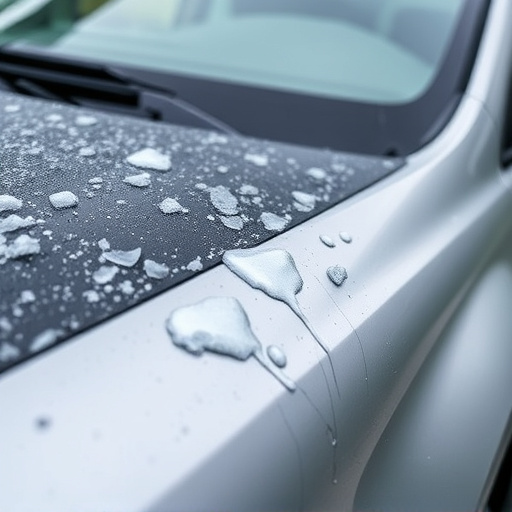
The current state of collision repair audits involves a blend of manual inspection and paper-based documentation. This traditional approach relies on human assessment, often leading to subjective interpretations and potential inconsistencies in damage assessments. Collision centers typically conduct these audits to ensure repairs meet industry standards and customer expectations. However, limitations include time-consuming processes, increased labor costs, and challenges in maintaining detailed records.
Manually reviewing each repair step and component can be arduous, especially for complex jobs. Moreover, relying on paper records makes information retrieval cumbersome and error-prone. These factors highlight the need for a digital transformation, leading to more efficient and precise collision repair audits using advanced tools. The shift towards digital solutions promises to streamline processes, enhance accuracy, and improve overall quality control in car repair services and collision centers.
– Overview of traditional audit processes
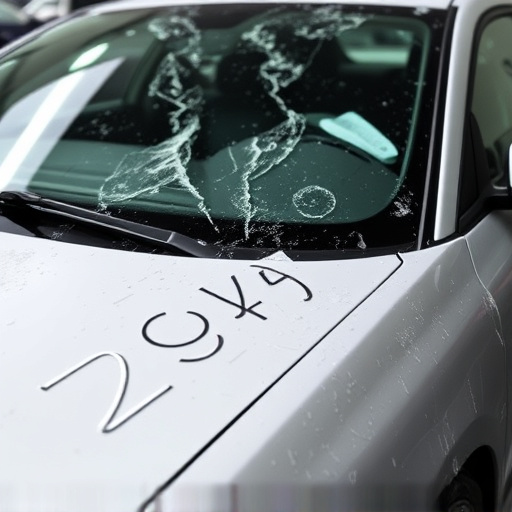
The traditional collision repair audit process involves a meticulous inspection of the damaged vehicle, with experts examining every detail to ensure accuracy in estimating and repairing costs. This often includes manual measurements, visual assessments, and comparison against pre-established industry standards. Skilled auditors check for proper techniques used during frame straightening or vehicle bodywork repairs, ensuring compliance with quality and safety guidelines. Each step is documented, creating a comprehensive report that serves as a benchmark for both the repair shop and insurance companies to gauge the quality of work performed.
This manual approach, while reliable, can be time-consuming and prone to human error. With advancements in digital technology, the collision repair industry is now embracing innovative tools that streamline these audits, enhancing efficiency and accuracy. Digital platforms offer real-time data analysis, enabling quick comparisons with historical vehicle repair service records and industry benchmarks. These tools also facilitate remote auditing, eliminating the need for physical presence at repair shops, which is particularly beneficial during global health crises or for remote assessments.
– Challenges and inefficiencies faced by the industry
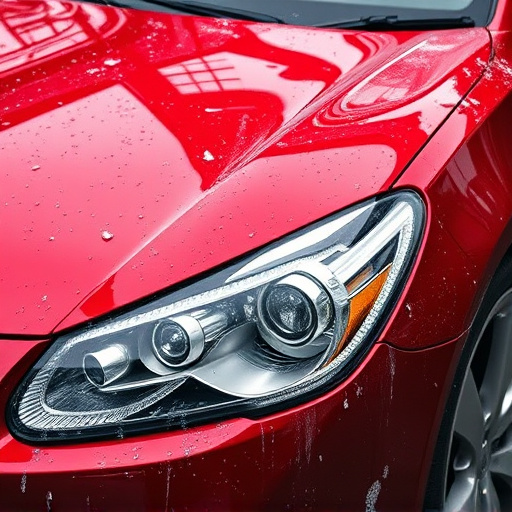
The collision repair industry has traditionally relied on manual processes for audits, which presents several challenges and inefficiencies. These include time-consuming documentation, subjective assessments, and a lack of standardization across different workshops. With each auto bodywork repair being unique, ensuring consistency and accuracy in collision repair audits is a complex task. Traditional methods often result in lengthy inspection times, increased administrative burdens on technicians, and potential errors due to human interpretation.
The current system also struggles to keep pace with the evolving digital landscape of automotive repair. As technology advances, new materials, techniques, and safety standards emerge, making it difficult for auditors to stay updated. This can lead to inconsistencies in evaluating the quality and accuracy of collision repair work, impacting customer satisfaction and the overall reputation of the industry.
The future of collision repair audits lies in embracing digital transformation. By leveraging advanced tools, the industry can streamline processes, enhance accuracy, and reduce time-consuming manual tasks. Digital collision repair audits offer a more efficient, data-driven approach, ensuring higher quality standards and improved customer satisfaction. This shift promises to revolutionize the way we assess and manage vehicle repairs, making the process faster, smarter, and more effective.
